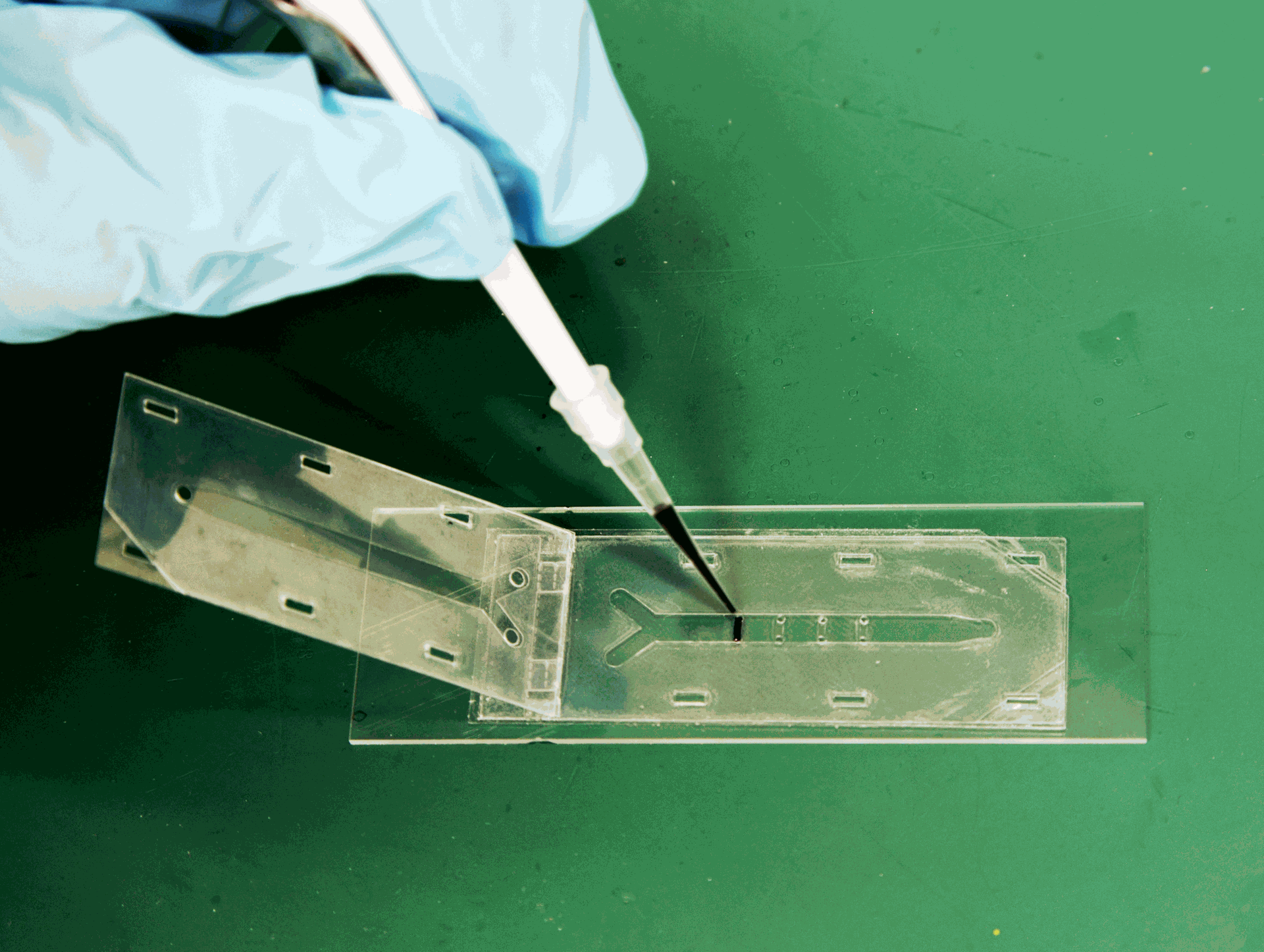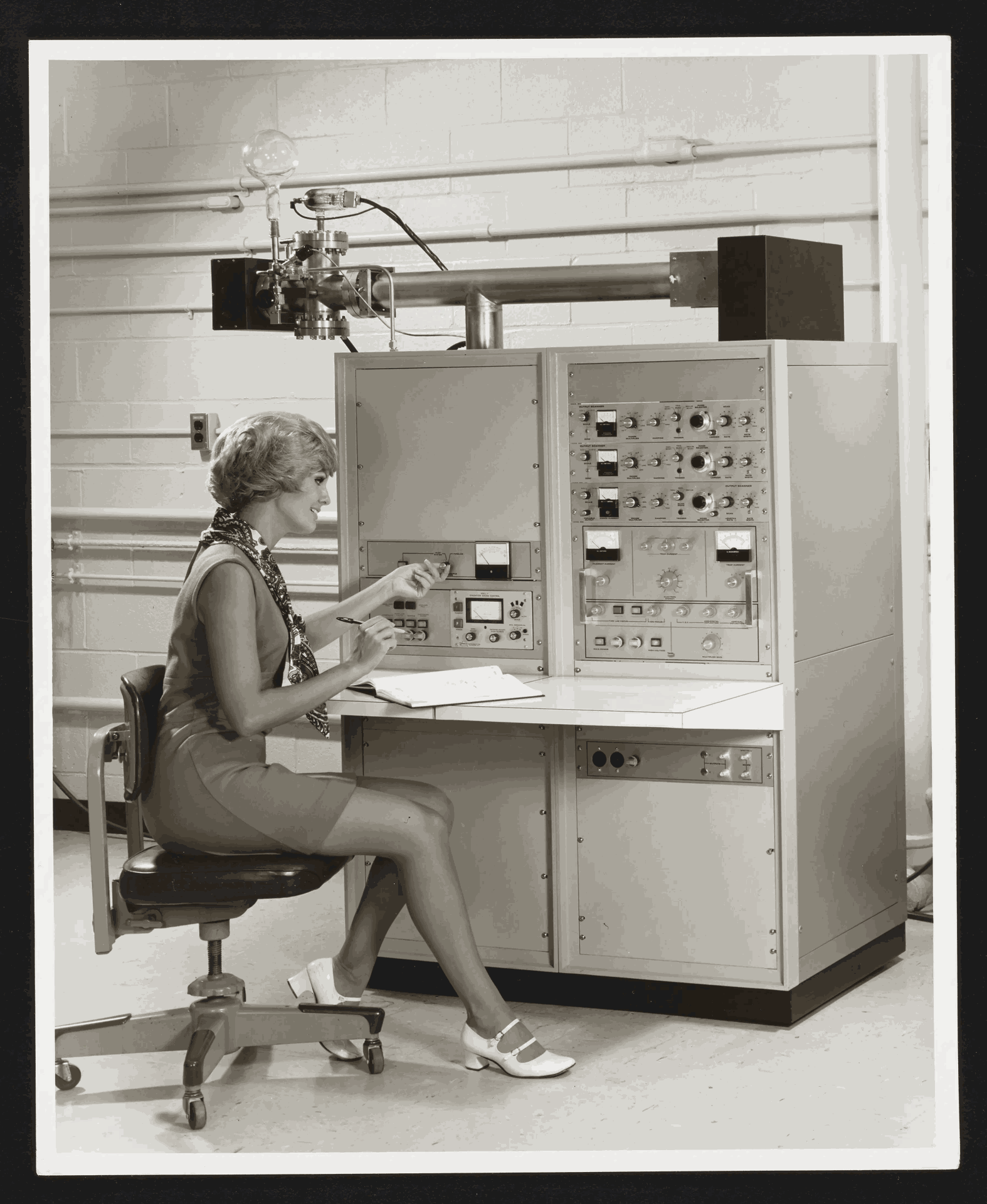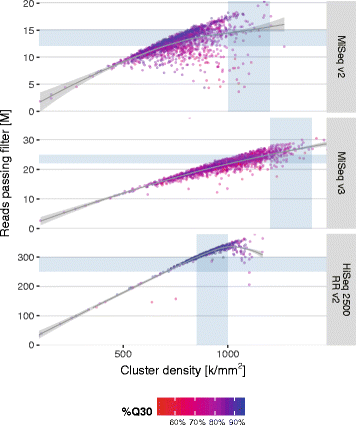The world of scientific research is constantly evolving, and at the forefront of this progress lies the field of laboratory analysis. New technologies are emerging that are transforming the way scientists analyze samples, leading to faster, more accurate, and more efficient results. In this blog post, we'll delve into some of the most exciting innovations in lab analysis technology.
1. Microfluidics: Shrinking Labs, Expanding Capabilities:
Microfluidics is a technology that allows for the manipulation of fluids at the micrometer scale. This miniaturization offers several advantages:
Reduced Sample Size: Microfluidic devices require significantly smaller sample volumes compared to traditional methods. This is particularly beneficial in situations where obtaining large samples is difficult or expensive.
Faster Analysis: The small size of microfluidic channels allows for faster mixing and reaction times, leading to quicker results.
Automation: Microfluidic devices can be highly automated, minimizing human error and allowing for more consistent results.
2. Mass Spectrometry: Unveiling the Molecular Fingerprint
Mass spectrometry (MS) is a powerful technique for identifying and characterizing molecules. It works by ionizing the molecules in a sample and then measuring their mass-to-charge ratio. This information can be used to determine the identity and abundance of individual molecules in a complex mixture.
Recent advancements in MS technology include:
High-Resolution Mass Spectrometry: This allows for the differentiation of molecules with very similar masses, leading to more accurate analysis.
Tandem Mass Spectrometry (MS/MS): This technique fragments molecules and analyzes the resulting fragments, providing even more detailed information about their structure.
3. Next-Generation Sequencing: Decoding the Genome
Next-generation sequencing (NGS) is a revolutionary technology that allows for the rapid and cost-effective sequencing of entire genomes. This has revolutionized our understanding of genetics and disease, with applications in:
Personalized Medicine: NGS can be used to identify genetic mutations that contribute to disease, paving the way for personalized treatment strategies.
Drug Discovery: By understanding the genetic basis of disease, scientists can develop drugs that target specific pathways.
Evolutionary Biology: NGS is enabling researchers to study genetic variation and evolution at an unprecedented level.
4. Artificial Intelligence: The Rise of the Intelligent Lab
Artificial intelligence (AI) is rapidly transforming the laboratory landscape. AI algorithms can be used to:
Analyze Data: AI can analyze large datasets generated by various lab instruments, identifying patterns and trends that would be difficult for humans to detect.
Optimize Experiments: AI can help scientists design experiments that are more likely to yield successful results.
Predict Outcomes: AI can be used to predict the outcome of experiments based on historical data, saving time and resources.
The Future of Lab Analysis
These are just a few examples of the many innovations that are transforming the field of lab analysis. As technology continues to advance, we can expect even more exciting developments in the years to come. These advancements will not only revolutionize scientific research but also have a profound impact on various fields, including medicine, forensics, and environmental science.


